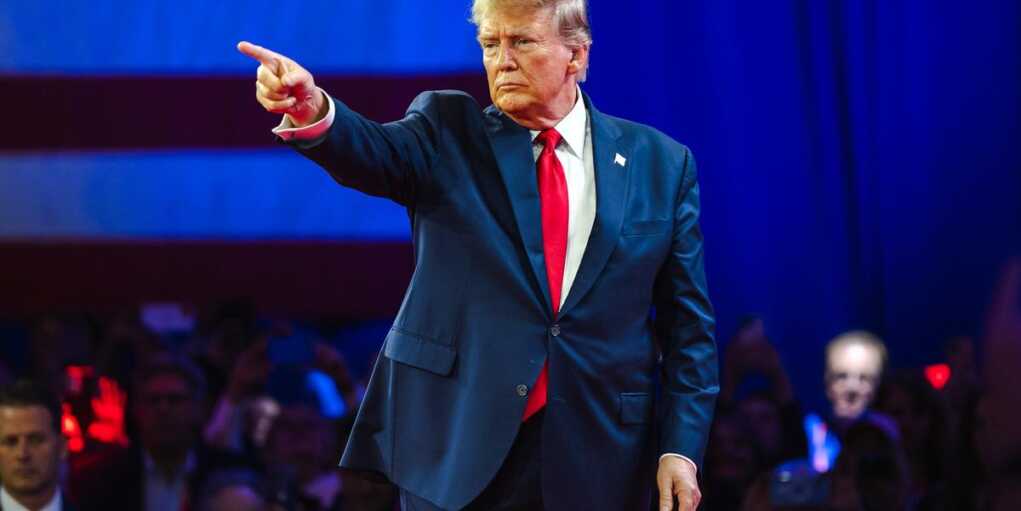Trump Declares War on Media Bias with Bold New Offensive

President Donald Trump has launched a significant initiative targeting what he and his administration call rampant bias in the establishment media, sparking intense reactions from critics and supporters alike. Announced on February 20, 2025, this large-scale offensive aims to dismantle the influence of liberal-leaning outlets that conservatives argue have long distorted truth to push a leftist agenda. For Republicans over 40, who have watched the media landscape shift dramatically over decades, this move signals a resolute stand against a press they see as increasingly hostile to traditional American values.
The administration’s plan includes a multi-pronged approach. Trump’s team is conducting a thorough investigation into media practices, focusing on outlets accused of skewing coverage to favor Democrats. One key action involves the Pentagon’s decision to revoke workspace privileges for legacy media in favor of alternative news organizations, a move that has drawn sharp criticism from those affected. White House Press Secretary Karoline Leavitt defended the shift, stating, “The American people deserve a press that reflects their values, not one that lectures them from an ivory tower.” This resonates with conservatives who feel the mainstream press has ignored their concerns for too long.
Trump himself has been vocal, asserting at a recent press event, “The fake news media has been rigging the game for years, but we’re done playing by their rules.” He pointed to what he calls a “hyperbolic freakout” from outlets like CNN and The New York Times, which have labeled his efforts a threat to free speech. CNN contributor Scott Jennings countered this narrative on “NewsNight,” saying, “Trump’s administration isn’t usurping the Constitution—it’s challenging a media monopoly that’s been unaccountable for too long.” For older Republicans, this echoes their frustration with a press they believe abandoned objectivity decades ago.
The offensive also includes plans to defund public broadcasters like NPR and PBS, which Trump’s FCC head, Brendan Carr, argues have become taxpayer-funded arms of progressive ideology. Carr emphasized, “This investigation will inform whether Congress should cut their funding entirely.” Conservatives in their 40s and beyond, many of whom grew up with these outlets as trusted sources, now see them as symbols of a bloated government overreach they want dismantled.
Critics, however, have erupted in response. Disney staffers reportedly expressed dismay to Deadline, fearing a broader capitulation to Trump’s agenda, with one asking, “What do we stand for now, keeping MAGA happy?” The Associated Press faced White House pushback after refusing to adopt the administration’s rename of the Gulf of Mexico to the Gulf of America, escalating tensions further. MSNBC’s Danny Cevallos, while dismissing constitutional crisis claims, warned that Trump’s actions could “chill honest reporting.” Yet, for Trump’s base, these reactions only reinforce their view of a media elite out of touch with everyday Americans.
The administration’s moves build on past grievances, like the Biden White House’s cancellation of over 400 press passes—a decision that drew little outcry from the same outlets now decrying Trump. Supporters argue this hypocrisy proves the need for reform. A local mother affected by the Palisades Fire even called out The New York Times for smearing her community as “rogue rich,” highlighting what conservatives see as a pattern of skewed narratives.
Trump’s offensive is a long-overdue reckoning. They see a president willing to confront a media they’ve distrusted since the days of Walter Cronkite gave way to partisan talking heads. As this battle unfolds, it’s clear Trump aims to reshape the information landscape, ensuring conservative voices aren’t just heard but amplified—a mission that strikes a deep chord with those who feel silenced by the liberal press for far too long.

